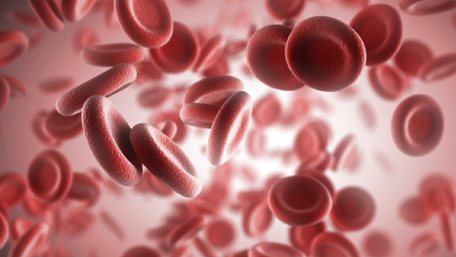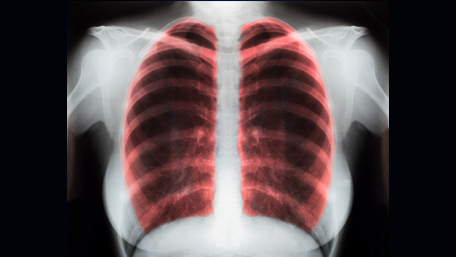
12/31/2022
Hot Topics of the Day are picked by experts to capture the latest information and publications on public health genomics and precision health for various diseases and health topics. Sources include published scientific literature, reviews, blogs and popular press articles.
Sign up MyPHGKB to receive the daily hot topic email alert.
Archived Hot Topics of the Day By Date
Optimized detection of homologous recombination deficiency improves the prediction of clinical outcomes in cancer
FP Villatoro et al, NPJ Precision Oncology, December 29, 2022
A one-year genomic investigation of Escherichia coli epidemiology and nosocomial spread at a large US healthcare network
EG Mills et al, Genome Medicine, December 30, 2022
DIGItal Health Literacy after COVID-19 Outbreak among Frail and Non-Frail Cardiology Patients: The DIGI-COVID Study
M Vitolo et al, J Per Med, December 31, 2020
Association of Inherited Genetic Factors With Drug-Induced Hepatic Damage Among Children With Acute Lymphoblastic Leukemia.
Yang Wenjian et al. JAMA network open 2022 12 (12) e2248803
Testing for EGFR Variants in Pleural and Pericardial Effusion Cell-free DNA in Patients With Non-Small Cell Lung Cancer.
Lee Kirsty W C et al. JAMA oncology 2022 12
Disclaimer: Articles listed in Hot Topics of the Day are selected by Public Health Genomics Branch to provide current awareness of the scientific literature and news. Inclusion in the update does not necessarily represent the views of the Centers for Disease Control and Prevention nor does it imply endorsement of the article's methods or findings. CDC and DHHS assume no responsibility for the factual accuracy of the items presented. The selection, omission, or content of items does not imply any endorsement or other position taken by CDC or DHHS. Opinion, findings and conclusions expressed by the original authors of items included in the Clips, or persons quoted therein, are strictly their own and are in no way meant to represent the opinion or views of CDC or DHHS. References to publications, news sources, and non-CDC Websites are provided solely for informational purposes and do not imply endorsement by CDC or DHHS.
- Page last reviewed:Feb 1, 2024
- Page last updated:Apr 21, 2024
- Content source:






